#Alpaca
Explore tagged Tumblr posts
Text

May I present Emmrich Alpacarin….. yeah I know Kuzco is a llama, close enough
#dragon age emmrich#emmrich volkarin#dragon age#there is this senior citizen#Emmrich Alpacarin#alpaca#emperor kuzco#kuzco#the emperors new groove#fanart
27 notes
·
View notes
Text
Fresh Pipe-Cleaner Baby
41K notes
·
View notes
Text
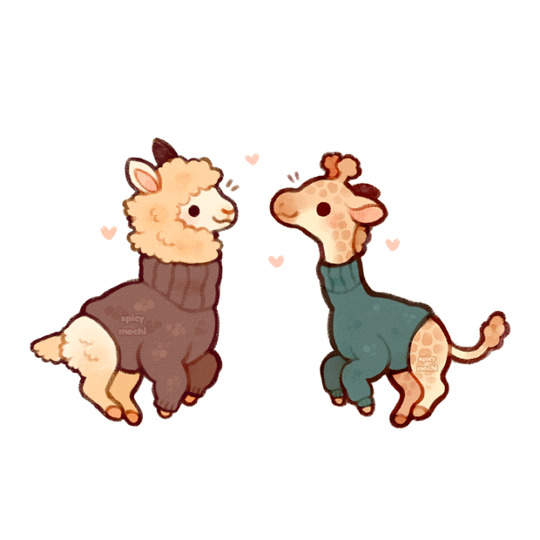
fashionable friends
#alpaca#giraffe#cozy#artists on tumblr#digital art#illustration#digital illustration#art#my art#drawing#artwork#cute#kawaii#chibi#animals#animal art#illust#soft art#nature
17K notes
·
View notes
Text

SCULPTURE GARDEN // Molly Mendoza
Sumi ink, gouache, gel pen on 7x10” Arches
For solo show at Nucleus House 1/10/25
#my art#molly mendoza#illustration#artists on tumblr#painting#pdxartist#colorful#green#fantasy#flowers#alpaca#knight
5K notes
·
View notes
Text
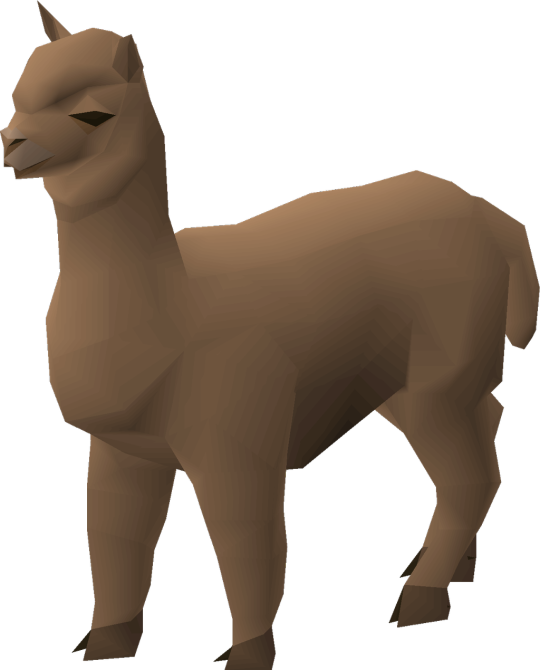
Alpaca from Old School RuneScape
1K notes
·
View notes
Text
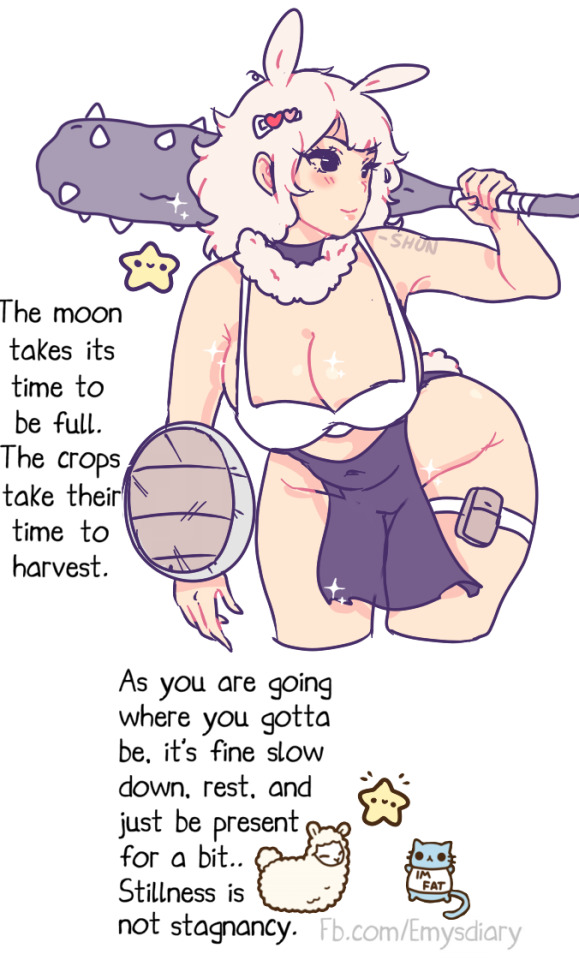
Paco the Llama knight ♡
#shunbun#theshunbun#kawaii#princess#pinup#alpaca#llama#paco#art#oc#goddess#soft#gentle#reminder#shun#pastel#comic#gentle reminder#daily reminder#self reminder#soft reminder#patience#goth#goth gf#loving#November#support#fashion#fluffy hair#anime
1K notes
·
View notes
Text

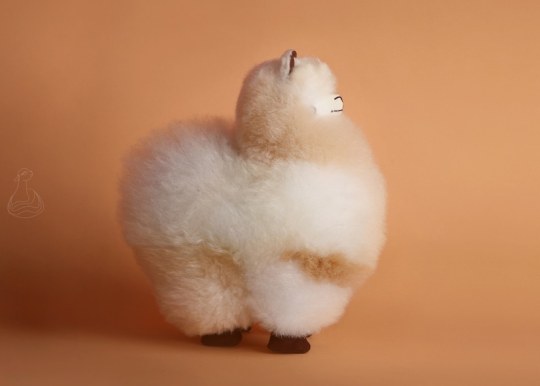
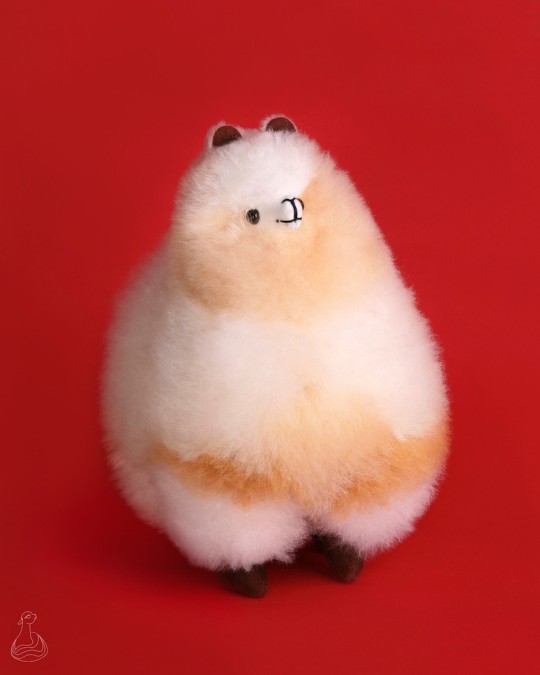
Alpaca Fur Stuffed Plush | 100% Handcrafted by ChakuAlpaca
6K notes
·
View notes
Text


i'm drawing a couple stickers for my friends' alpaca therapy class kids (as rewards) and i cannot express to you how much I love this little guy, look at themmmm
#jun hug art#stickers#alpaca#doodle#digital art#art#jun arts#illustration#llama#animals art#artists#original art
616 notes
·
View notes
Text
Yarn for Christmas?
An open PSA to anyone with crafting friends (and isn't really sure what they like):
DON'T BUY THEM YARN
Part of the hobby is the purchasing yarn, which some might argue buying yarn and using yarn are two different hobbies. "But OP," you might argue, "I just know they'll love the Red Heart Super Saver I got on sale at Joann's! One skein should be plenty, and they can make me a sweater!"
This is one of those rare cases where a gift card to their favorite yarn store is more personal. First off, nothing against Red Heart, but if they're a yarn snob, it's going to collect dust. If they're a project-oriented purchaser, it's going to collect dust. If they like to buy yarn, then it's just mean.
Also, NEVER imply that your crafting friend should make something for you. If they love you, they will. If they don't, then you're not close enough to be making expensive demands.
#gift cards#cash#support your local yarn store#knitting#christmas#gift ideas#fiber arts#crafting#fiber crafts#crochet#if you insist upon yarn#then go for something obnoxiously expensive that they could never justify purchasing themselves#like mohair#wool#alpaca#quiviut#and buy like 600 yards of it
959 notes
·
View notes
Text
when the weird relative shows up to the farm
534 notes
·
View notes
Text

confetti rain
3K notes
·
View notes
Text
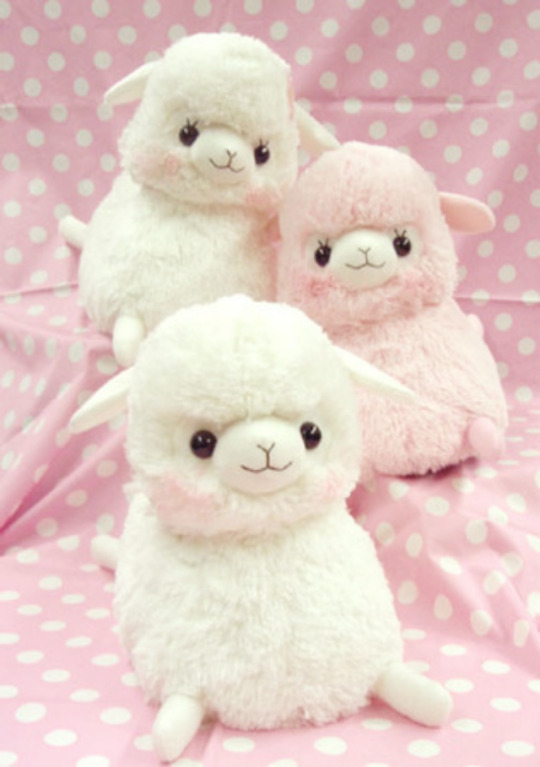
687 notes
·
View notes
Text

Final version of Carlos, at least for now
#digital art#drawing#my art#digital illustration#muscular#muscle#oc art#oc#art#alpaca#furry#furry art
321 notes
·
View notes
Text

turtleneck alpaca
#alpaca#artists on tumblr#digital art#digital illustration#illustration#my art#art#drawing#artwork#cute#kawaii#animals#animal art#illust#soft art#nature#cute art#happy new year
17K notes
·
View notes
Text
Four-Cornered Hats from Peru and Bolivia, c.600-800 CE: these colorful, finely-woven hats are at least 1,200 years old, and they were crafted from camelid fur

Above: four-cornered hats made by the Wari Empire of Peru (top) and the Tiwanaku culture of Bolivia (bottom) during the 7th-9th centuries CE
Often referred to as "four-cornered hats," caps of this style were widely produced by the ancient Wari and Tiwanaku cultures, located in what is now Peru, Bolivia, and Chile.
According to the Metropolitan Museum of Art:
Finely woven, brightly colored hats, customarily featuring a square crown, four sides, and four pointed tips, are most frequently associated with two ancient cultures of the Andes: the Wari and the Tiwanaku. The Wari Empire dominated the south-central highlands and the west coastal regions of what is now Peru from 500–1000 A.D. The Tiwanaku occupied the altiplano (high plain) directly south of Wari-populated areas around the same time, including territory now part of the modern country of Bolivia.

Above: pair of four-cornered hats made by the Wari people of Peru, c.600-900 CE
Both cultures used the hair of local camelids (i.e. llamas, alpacas, or vicuñas) to produce their hats. The hair was harvested, crafted into yarn, and treated with colorful dyes, and the finished yarn was then woven and/or knotted into caps and other textiles. Four-cornered hats from both cultures were often decorated with similar stylistic elements, including geometric patterns (particularly diamonds, crosses, and stepped triangles) and depictions of zoomorphic figures such as birds, lizards, and llamas with wings.
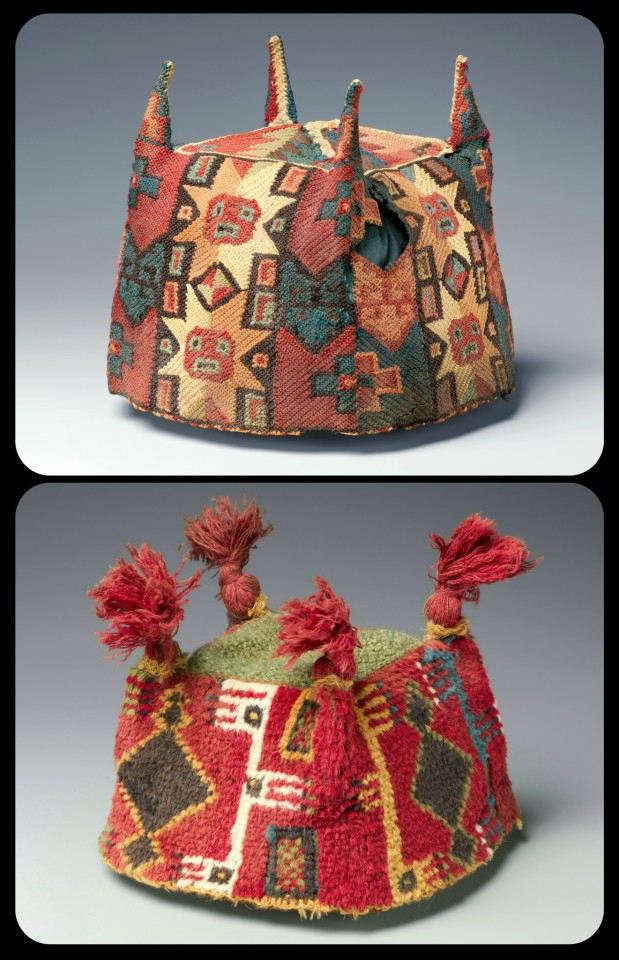
Above: four-cornered hats made by the Tiwanaku people of Bolivia, c.600-900 CE
The two cultures used different techniques to construct/assemble their hats, however:
Although they shared certain technological traditions, such as complex tapestry weaving and knotting techniques, the Wari and the Tiwanaku utilized significantly different construction methods to create four-cornered hats. Wari artists typically fashioned the top and corner peaks as separate parts and later assembled them together. Tiwanaku artists generally knotted from the top down, starting with the top and four peaks, to create a single piece.

Above: a four-cornered hat from Bolivia or Peru, made by either the Tiwanaku or Wari culture, c.500-900 CE
There is evidence to suggest that four-cornered hats were often worn as part of daily life, as this publication explains:
Many have indelible marks of hard usage: wear along the edges and folds, a crusting of hair oil on the inside, remnants of broken chin ties, and ancient mends.

Above: a pair of hats made by the Wari culture of Peru, c.600-800 CE

Above: more hats from the Wari culture of Peru, c.700-900 CE, with colorful tassels decorating the four peaks of each cap
The oldest known/surviving examples of the Andean four-cornered hat date back to nearly 1,700 years ago. They began to appear along the northern coast of Chile at some point during the 4th century CE; these early hats had an elongated design with four short peaks, and they are typically associated with the Tiwanaku culture.

Above: this early example of a four-cornered hat was created by the Tiwanaku culture between 300-700 CE
Why indigenous artifacts should be returned to indigenous cultures.
Sources & More Info:
Metropolitan Museum of Art: Four-Cornered Hats 1, 2, 3, 4, 5, 6, 7, 8, 9, 10, 11, and 12
Museum Publication: Andean Four-Cornered Hats (PDF available here)
Emory University: Four-Cornered Pile Hat
Metropolitan Museum of Art: Andean Textiles
#archaeology#artifact#anthropology#history#four-cornered hat#tiwanaku#wari#art#textile art#hats#peru#bolivia#precolumbian#andes#alpaca#fiber art#crafting#pile hats#ancient textiles#indigenous art
180 notes
·
View notes
Text

Alpaca (Sheared) from Old School RuneScape
#alpaca#old school runescape#runescape#osrs#thank you for your submission!#funnily enough i had the non sheared version queued already but i'll save him for another day
748 notes
·
View notes